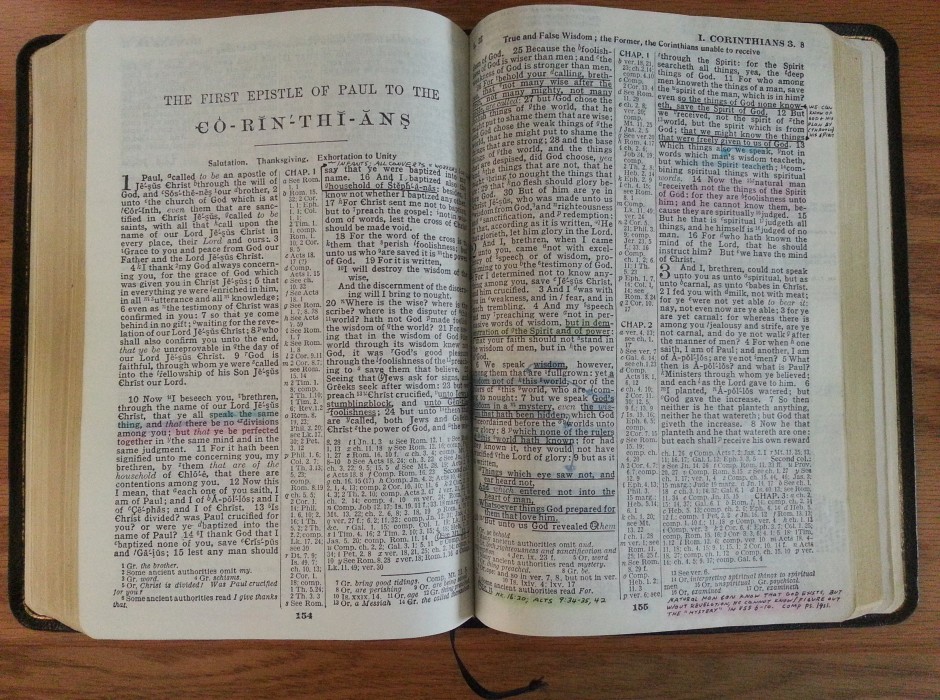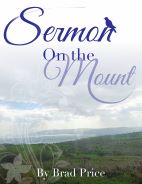INTRODUCTION
- This is the first recorded sermon of Jesus in the Gospel of Matthew. He had already preached: “The kingdom of heaven is at hand” (4:17) and taught “the gospel of the kingdom” in synagogues throughout Galilee (4:23). But in Matthew 5-7, we have the first discourse of Jesus, and what many have referred to as “the greatest sermon ever preached.” While it may be difficult to say that one sermon of Jesus was (or, is) better than another, we at least say this one is quite remarkable to say the least!
- At this point Jesus had likely already called the twelve apostles (this is definitively the case if Luke 6 is referring to the same sermon). Many others had became disciples, and masses of people were following Christ after seeing and hearing of His miracles (see 4:23-25). (This lesson will not delve into whether Luke’s account is the same sermon or not – See Lk. 6:17-49.)
- The primary audience of the “Sermon on the Mount” may be the apostles and disciples (see 5:1), but yet it is difficult to argue against Jesus having the multitudes that were also assembled.
- As Matthew has already alluded to Jesus preaching the kingdom, we should not be surprised that the kingdom is the focal point of this great sermon.
- Some have likened the Sermon on the Mount of the NT to what the 10 Commandments were to the OT. Surely we at least see in this masterpiece a great portrait of what the Lord’s kingdom is all about!
Let’s take a brief look at the outline and structure of this sermon that is prefaced by the casual and yet astounding words: “And he opened his mouth and taught them” (v. 2; see 7:28-29).
- AN OUTLINE OF THE SERMON
In some ways this sermon is difficult to outline. Here is a basic outline that you may find helpful:
(1) 5:1-12 – Attitudes of the Kingdom.
(2) 5:13-16 – Influence in the Kingdom.
(3) 5:17-6:18 – Righteousness in the Kingdom.
(4) 6:19-34 – Seeking First the Kingdom.
(5) 7:1-12 – Dangers and Admonitions of the Kingdom.
(6) 7:13-27 – The Conclusion and Invitation of the Kingdom.
- THE STRUCTURE OF THE SERMON
- The sermon begins with what we typically call “The Beatitudes,” which is related to the word “blessed” (a Latin word for “blessed”). Jesus uses the word “Blessed” nine times in verses 3-11. The Greek word markarios means happy or fortunate. Perhaps a good working definition of it would be “the finding of divine favor.” Interestingly, this word is in the plural, likely signifying the degree or depth of blessedness offered in the kingdom. This blessedness is not always outward, but is actually deeper and much more meaningful. Of course, this blessedness has character requirements, but the incentive to develop that character is also a part of the blessedness of His kingdom!
- Notably, the sermon begins with the “tranquil” yet challenging beatitudes, but quickly becomes confrontational (as far as the Jews would see it) as Jesus claims to have come to fulfill the Law and Prophets (5:17). He further proceeds to exalt His teachings not merely above the law, but above what Jewish teachers said about the law. (Note that He does not say, “It is written,” but Jesus says, “it is said” – see, for example, 5:21, 27, 31. What the Pharisees and others sometimes said about the Law was sometimes different than the Law!). Many Jewish teachers, most notably, the Pharisees, were known for emphasizing the “letter of the law” while forgetting the heart of the commandments (see Mt. 23:23). These statements would have certainly raised the ire of the religious leaders, but imagine what 5:20 would have done, where Jesus said, “For I tell you, unless your righteousness exceeds that of the scribes and Pharisees, you will never enter the kingdom of heaven.”
- Jesus closes the sermon by powerfully asserting that entrance into the kingdom is restricted (see especially 7:13-14), He says, to those who do “the will of my Father who is in heaven.” He actually draws the sermon to a conclusion using an illustration of a wise man who built his house on the rock (by hearing and keeping the words of Jesus) and another man who built his house on the sand (by not keeping the teachings of Jesus). The wise man will enter the kingdom, the foolish man will not!
- Rightly so, the teaching and authority of Jesus stood out to the audience that heard this great sermon (7:28-29).
III. A FEW OBSERVATIONS
- Jesus’ teachings of the kingdom were surely countercultural in that day and continue to be in our day. Like then, even now it stands in stark opposition to what many religious teachers have to say. His way is inward (see 5:1-12; 21-30). His way upholds the sanctity of marriage (5:31-32). His way is restrictive (7:13-14).
- Related to what was just said, Jesus taught a focus upon one’s relationship with the Lord, rather than an appearance of being righteous (6:1-18). Some today have a shallow righteousness that is really no righteousness at all. We must beware of showing our good side to man, because the Lord sees the heart!
- Ultimately, Jesus forces all to make a decision. He presents the way of the kingdom, along with it’s blessedness, and then each is free to accept or reject it.
Daren Schroeder

